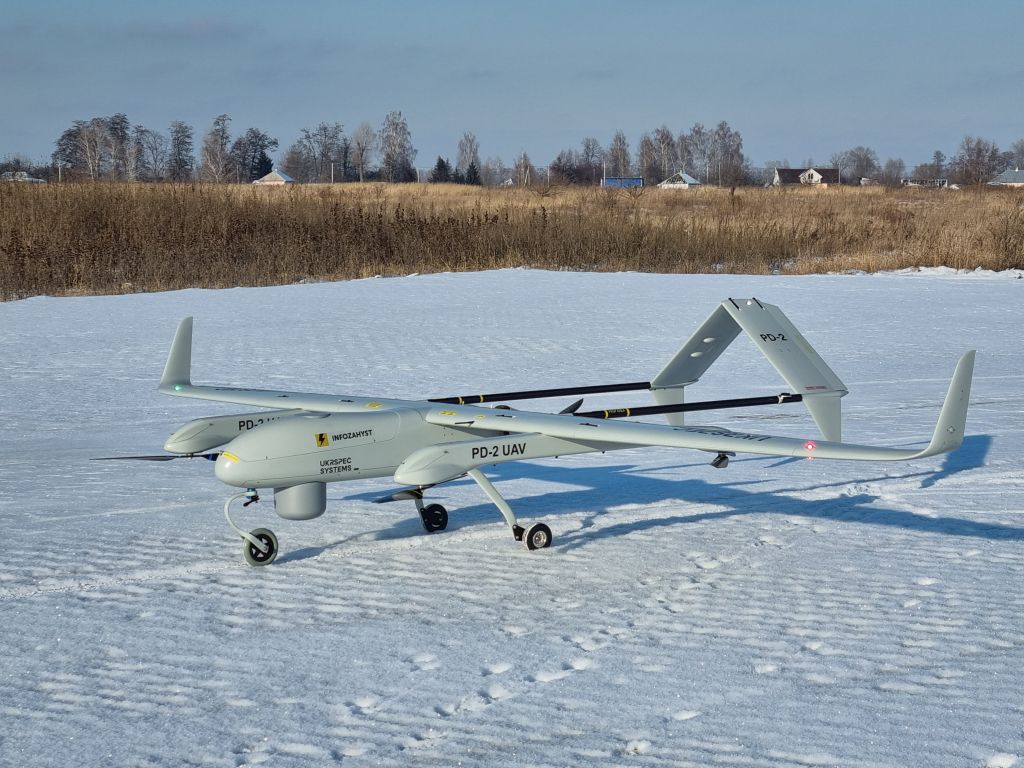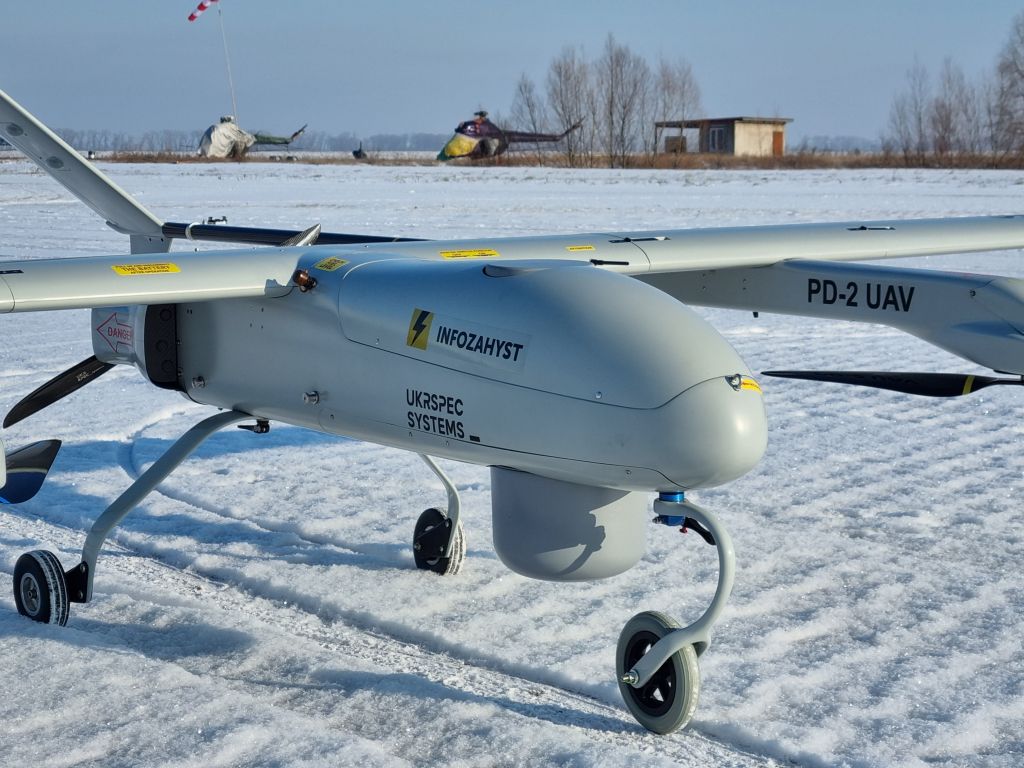The trendy technology is the Ukrainian Gekata Reconnaissance Drone, the Ukrainian-made Gekata Reconnaissance Drone stands out as a remarkable achievement in modern technology.

With its advanced features and a wide range of applications. This drone has already made quite an impression with industry experts all over the globe. Its efficiency, precision, and ability to reach heights previously inaccessible to such aircraft make it unique. This exceptional UAV is set to revolutionize air surveillance far beyond its home country’s borders. In the sections below, we will have a comprehensive knowledge on the full concept of the Ukrainian Gekata Reconnaissance Drone and its major features.
What is The New Ukrainian Gekata Reconnaissance Drone?
The Ukrainian Gekata Reconnaissance Drone is an excellence of of modern drone technology. It boasts features such as an impressive operational range up to 250 kilometers allows it to efficiently coverage over large distances.
In addition to a variety of customizable payloads ranging from high-resolution cameras and thermal imaging sensors to electronic warfare modules. It also can fly autonomously, which minimizes or eliminates human involvement in the mission planning process. And remarkable endurance, which allows for a potential flying time of 24 hours without refueling.
This advanced UAV was designed specifically for reconnaissance and surveillance operations, making it one of the most highly sought after drones on market today. This advanced machine can be utilized by both military and civilian alike. Taking on tasks such as intelligence gathering, border security surveillance, search & rescue operations. Additionally, it can be deployed to monitor environmental conditions or inspect infrastructure for weaknesses. Conclusively, the Gekata Reconnaissance Drone is a reliable asset that showcases Ukraine’s dedication toward technological advancements within the field of unmanned aerial vehicles (UAV) development.
An Overview of Ukrainian Gekata Reconnaissance Drone
Militarnyi recently shared some information about Gekata, a new unmanned system based on the PD-2. Its capabilities come from its complex radio-technical reconnaissance features and high antenna position, enabling it to detect electromagnetic radiation sources up to 450 kilometres away. In addition, Gekata can recognize signals of enemy assets by comparing them with a signature database, which then alerts the operator.
However, the operators are alert only if they are potentially threatening, such as radar stations like Buk or Osa, S-300 systems, or MiG31 fighter jets. Besides this active mode of operation, there is also a passive one for onboard Radio Reconnaissance Station.
This let Gekata to stay undetected even when close range air defence systems might be present in area. Because it is equipped with vertical take off technology, it can take 12 hours flight time at speeds exceeding 1000 km. This alone makes it an ideal tool, especially for long surveillance missions, without having worry of being visible from ground forces’ perspective.
What are the Key Features of Ukrainian Gekata Reconnaissance Drone?

1. Exceptional Range
The Gekata Reconnaissance Drone is an ideal tool for extending the range of reconnaissance missions. It features a wide operational reach, capable of spanning up to 250 kilometers with ease. This impressive distance allows it to cover large swaths of terrain quickly and efficiently, making it perfect for those looking to complete far-reaching surveillance operations.
2. Customizable Payloads
One of its standout features is the ability to accommodate a variety of payloads. These include high-resolution cameras, thermal imaging sensors, and even electronic warfare modules, enabling tailored mission configurations for different applications.
3. Extended Endurance
The Gekata drone has been designed with extended endurance capabilities, enabling it to stay in the air for a full 24 hours without having to refill or recharge. This superior flight capacity allows continuous data collection and monitoring over long periods of time.
4. Autonomous Operation
Due to Ukrainian Gekata Reconnaissance Drone most advanced automated flying functionality and mission-planning applications, Gekata’s Reconnaissance Drone can navigate complex flight paths autonomously while still completing its missions with little human assistance. This capability not only increases task effectiveness but also lessens the amount of effort operators need to put in when using it.
5. Military Intelligence
Military intelligence relies on real-time data collection and surveillance to protect borders, identify threats, and gain understanding of their surroundings. This kind of information gathering is essential for the security forces, as it helps them to make informed decisions. Additionally, by having a better handle on potential dangers in an area, they can be more proactive rather than reactive when responding to such situations.
Frequently Asked Questions
1. Is the Gekata Reconnaissance Drone exportable to other countries?
The export of the Gekata Reconnaissance Drone is subject to government regulations and export controls. It may be available for export to eligible countries under certain conditions.
2. Can the Gekata Drone operate in adverse weather conditions?
The Gekata Reconnaissance Drone is designed to operate in a variety of weather conditions, including rain, wind, and cold temperatures, but its specific capabilities may vary depending on the model and configuration.
3. What kind of payloads can the Gekata Drone carry?
The Gekata Reconnaissance Drone can be equipped with various payloads, including high-resolution cameras, thermal imaging sensors, and even electronic warfare modules for specialized missions.
4. How does the Gekata Drone transmit data in real-time?
The drone is equipped with secure communication systems that allow it to transmit real-time data to ground stations or remote operators, ensuring timely information access during missions.
5. What kind of training is required to operate the Gekata Reconnaissance Drone?
Operators typically undergo training provided by the manufacturer or authorized training centers to ensure safe and effective use of the drone and its associated systems.
